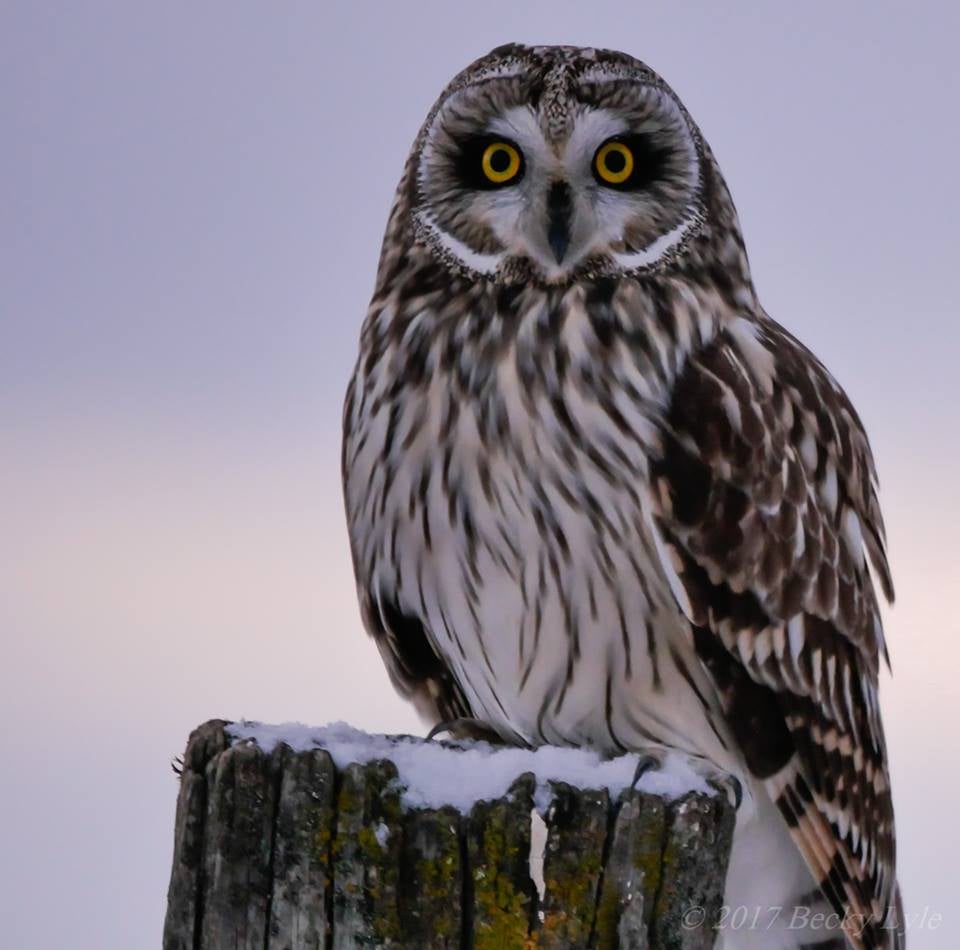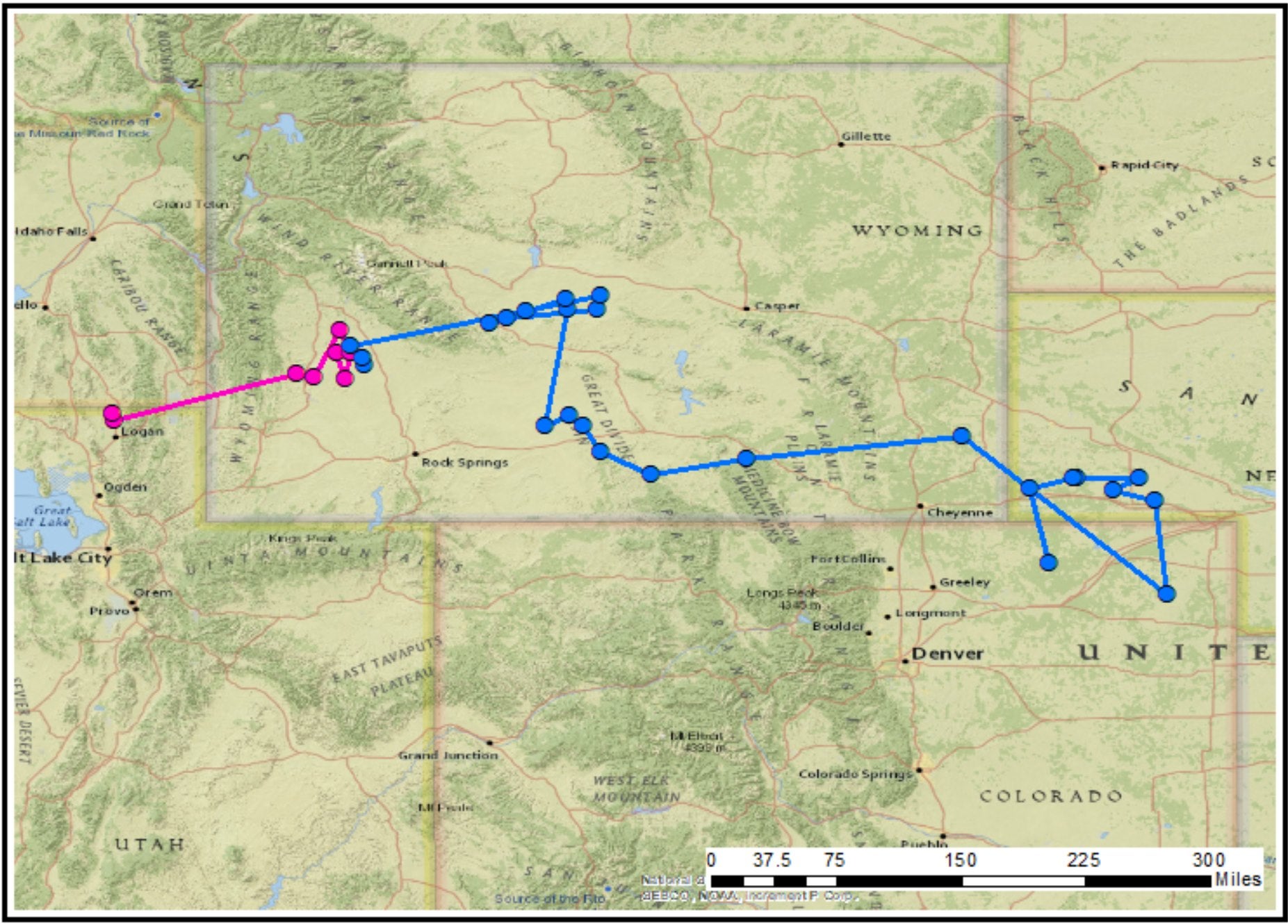By: Rob Miller
Short-eared Owl populations have declined precipitously over the past 40 years in the western United States. However, until now the true magnitude and cause of the declines have not been well understood. Six years ago, the Intermountain Bird Observatory launched a landscape study of the owls, known as Project WAfLS (Western Asio flammeus Landscape Study), that started in Idaho and Utah and eventually expanded to a total of eight western states. We recruited partners in neighboring states and over 1,000 community-science volunteers each spring to look for owls using a statistically rigorous survey method that we developed.

Our results will help guide land-use and conservation efforts in the West.
We have found that the population of Short-eared Owls in recent years has been reasonably stable, but has shifted broadly from state to state, likely synchronizing with local prey cycles. This is great news if it remains stable, as we had suspected that the decline was continuing. We have also confirmed that anthropogenic (human-altered) landscapes, while regularly used by Short-eared Owls for breeding, have higher turnover (less consistent use) than native landscapes. This suggests that anthropogenic landscapes may be acting as an ecological trap for the species, and this means the habitat is attractive for breeding, but results in poor success. During the six-year project we have discovered a large number of anthropogenic sources of mortality. These are likely limiting their population and may be the cause of the ecological trap, as all of these sources occur in higher densities on anthropogenic landscapes. These sources of mortality include high roadway mortality, aircraft strikes, agricultural harvest mortality, fence-line collisions, stock-tank drownings, and solar farm mortalities.
It is a dangerous world out there!
Our plan moving forward is to discontinue the broad Project WAfLS surveys, although they may still occur in some states through our partner organizations. We will instead shift our efforts to the next stage of Short-eared Owl conservation by using our discovered knowledge from Project WAfLS to seek answers at the next level of detail. We are specifically interested in the ecological trap question and if the sources of mortality are additive (limiting the population) or compensatory (would have occurred anyway through other means).

We have launched a roadway mortality pilot study in eastern Idaho (Project PROwl, partnering with Idaho Fish and Game and the Upper Snake chapter of the Idaho Master Naturalists). We have also launched a Short-eared Owl movement project (with Alaska Fish and Game, Owl Research Institute, Wyoming Game and Fish, and Teton Raptor Center) tracking the nomadic movements of individuals and their proximity to the mortality risks listed above. And, in 2021 we will be launching an alfalfa harvest mortality mitigation project with the US Fish and Wildlife Service, Idaho Fish and Game, and the Natural Resource Conservation Service. Each of these new initiatives build on the results we collected through Project WAfLS and will provide critical data for future decisions.
In the case of the alfalfa mitigation project, it will directly prevent Short-eared Owl deaths.
All of these projects will continue to depend on our fantastic network of committed community-science volunteers, so look forward to future announcements on how to participate!
This article is part of our 2020 end of the year newsletter! View the full newsletter here, or click “older posts” to read the next article.
Make sure you don’t miss out! Sign up to get our annual email update.